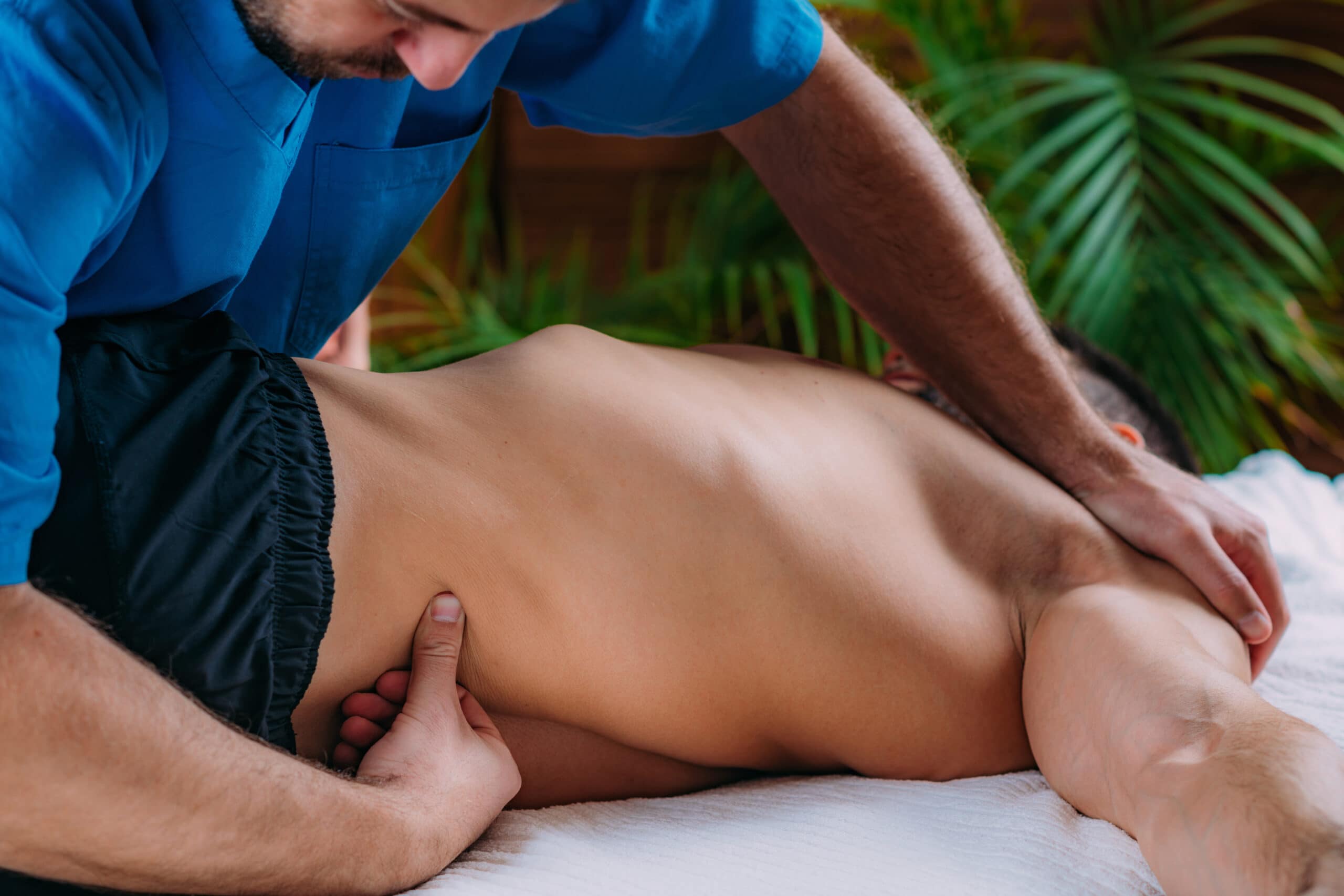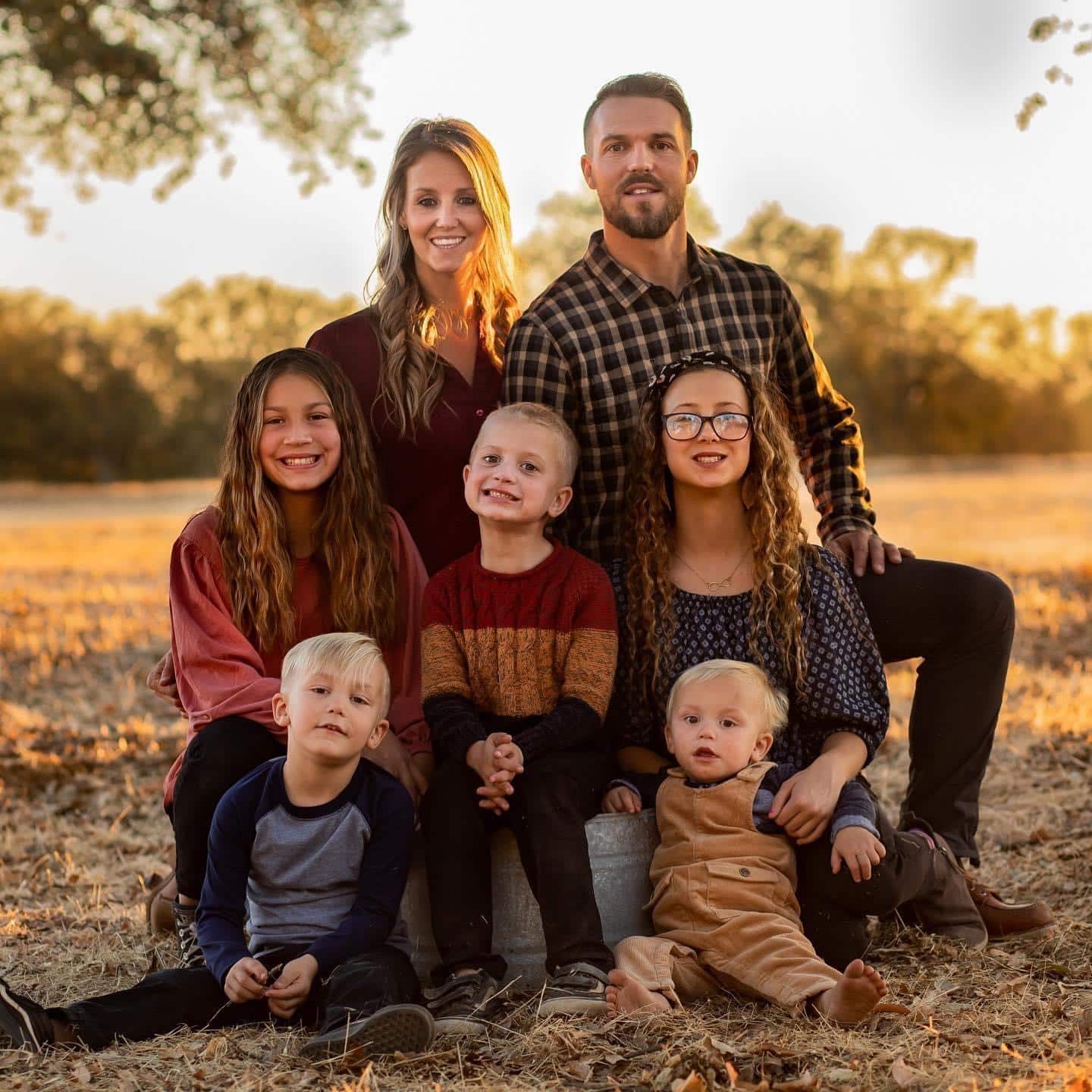Lower back pain is a common problem affecting people of all ages, genders, and fitness levels. It’s estimated that as many as 80% of adults will experience lower back pain at some point in their lives.
The pain can be acute or chronic and can range from mild discomfort to severe pain. Most of the time, the pain is mild and will go away on its own. However, for some, the lower back pain will return, or it may not go away at all, which can lead to a decreased quality of life.
Fortunately, physical therapy is an effective and non-invasive treatment option for lower back pain. Physical therapists are movement experts. They can help improve your movement through hands-on care, prescribed movement, and patient education. This article will discuss how physical therapy can help relieve lower back pain.
Causes of Lower Back Pain
First, it’s essential to understand the causes of lower back pain. Many factors can contribute to lower back pain, including poor posture, lack of exercise, muscle imbalances, and injury.
When the muscles, ligaments, or discs in the lower back are injured or strained, it can cause pain, stiffness, and limited mobility. Physical therapy can help relieve lower back pain by addressing the underlying causes of the pain. A physical therapist will perform a thorough evaluation to determine the source of the pain and develop a personalized treatment plan to address it.
Diagnosing Lower Back Pain
When diagnosing your lower back pain, your physical therapist will perform a thorough evaluation to determine the cause of your pain. This evaluation includes the following.
- Review your medical history.
- Ask questions about your symptoms.
- Perform an examination to assess the quantity and quality of your movements and determine if any movements could delay your recovery.
- Perform tests to identify signs that your pain could indicate a serious medical problem.
- Assess how you use your body at home, work, sports, and leisure.
Most of the time, imaging tests like CT scans, x-rays, and MRIs aren’t helpful to the recovery process. However, if your physical therapist thinks a serious health problem could be the cause of your lower back pain, they will refer you to another medical professional to further evaluate your condition.
Treatments for Lower Back Pain
After your physical therapist has identified the cause of your pain, they will create a personalized treatment plan for your specific lower back problem. Below is a list of treatments that your physical therapist may use.
Exercise
One of the most common treatments for lower back pain is exercise. Physical therapists will prescribe specific exercises that target the muscles in the lower back and help strengthen them. Strengthening the muscles in the lower back can help support the spine and reduce the risk of injury.
Stretching
Another important aspect of physical therapy for lower back pain is stretching. Tight muscles in the lower back can contribute to pain and stiffness.
Physical therapists can teach patients specific stretches to help alleviate tightness and improve flexibility. Stretching can also help improve circulation and reduce inflammation in the affected area.
Manual Therapy
Manual therapy is another common treatment for lower back pain. This type of therapy involves hands-on techniques such as massage, joint mobilization, dry needling, and manipulation. Manual therapy can help reduce pain, increase mobility, and improve overall function and is most effective when used in conjunction with exercise.
Education
Often lower back pain is the result of lifestyle habits that cause the muscles in your back to weaken. Even if your pain is caused by illness or injury, education is key in helping with recovery.
Your physical therapist can:
- Teach you why you’re in pain.
- Recommend changes you can make in your daily life to help reduce the pain
- Help you understand how certain things can help or hurt you
- Teach you how to improve your posture
- Teach you exercises to use at home to aid in recovery
Other Treatments
In addition to these treatments, physical therapists may also use modalities such as heat or cold therapy, electrical stimulation, and ultrasound to help relieve lower back pain. These modalities can help reduce inflammation, improve circulation, and reduce pain.
Advantages of Physical Therapy for Lower Back Pain
One of the advantages of physical therapy for lower back pain is that it is a non-invasive treatment option. Unlike surgery or medications, physical therapy does not involve significant risks or side effects. It’s also a cost-effective treatment option, as it can help reduce the need for more expensive treatments such as surgery or long-term medication use.
In addition to treating lower back pain, physical therapy can also help prevent future episodes of pain. By teaching patients proper posture, body mechanics, and exercise techniques, physical therapists can help patients reduce the risk of re-injury or the development of chronic pain.
It’s important to note that physical therapy is not a one-size-fits-all treatment for lower back pain. Every patient is unique and requires a personalized treatment plan. Therefore, a physical therapist will work closely with each patient to develop a treatment plan tailored to their specific needs.
Let Active Physical Therapy Help Resolve Your Lower Back Pain
Physical therapy is an effective and non-invasive treatment option for lower back pain. It can help address the underlying causes of the pain, improve mobility and function, and reduce the risk of future injury. If you are experiencing lower back pain, consider seeking the help of a physical therapist. With the right treatment plan, you can regain mobility, reduce pain, and return to normal activities.
At Active Physical Therapy, we’ll develop a treatment plan tailored specifically to your needs and goals to help get you stronger, pain-free, and on track to reach your goals efficiently and effectively. After you’re pain-free, we’ll implement a strategy to help you perform at a higher level than before your injury.
Contact us today to schedule a discovery call and get back to living an active and passionate life.


